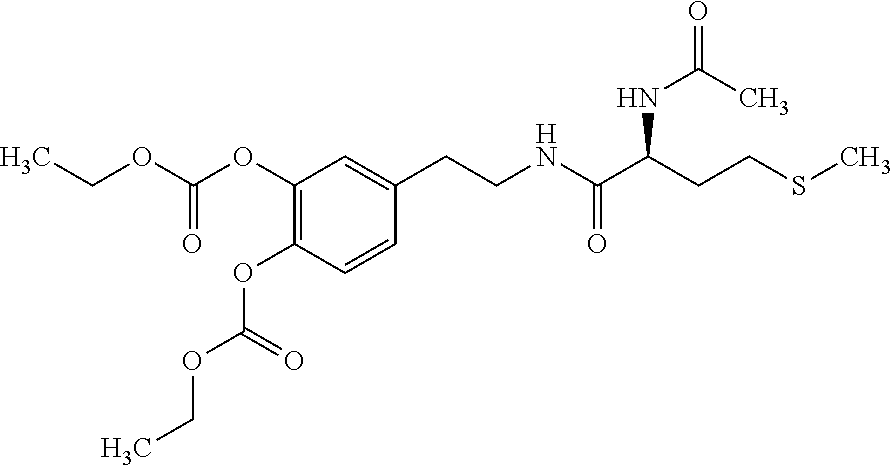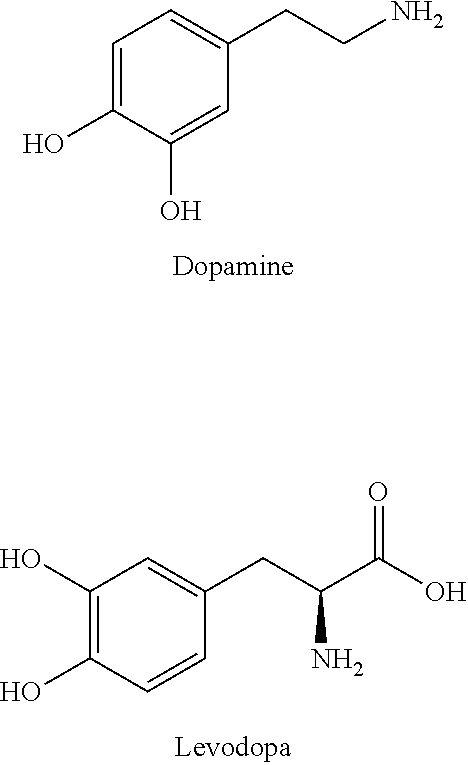Methods for Treating Ascites
a technology of ascites and ascites, applied in the field of ascites treatment, can solve the problems of increasing the use of medical resources, increasing the need for paracentesis, and progressive accumulation of fluid directly into the peritoneal cavity, and achieve the effect of reducing the need for or volume of ascites
- Summary
- Abstract
- Description
- Claims
- Application Information
AI Technical Summary
Benefits of technology
Problems solved by technology
Method used
Image
Examples
example 1
Study
Design
[0072]An open-label, single-arm study in which each subject serves as his / her own control is conducted. The study assesses the effect of DCP treatment on ascites formation in cirrhotic subjects with RA, by examining the frequency of LVP and the volume of ascitic fluid drained. All subjects participate in a 90-day open-label treatment period. One group receives 750 mg docarpamine 3 times per day (total daily dose of 2250 mg) and a second group receives 1500 mg docarpamine 3 times per day (total daily dose of 4500 mg), followed by a 90-day follow-up. Ascites history (relevant medications, LVP dates, and volume of drained fluid) for the 90 days prior to treatment and the 90 days after treatment are collected and used for comparison with on-treatment frequency and volume.
Study Population
[0073]The study population consists of cirrhotic patients between 18 and 70 years of age, inclusive, with refractory ascites, subject to the following inclusion and exclusion criteria.
[0074]In...
PUM
| Property | Measurement | Unit |
|---|---|---|
| concentration | aaaaa | aaaaa |
| concentration | aaaaa | aaaaa |
| volume | aaaaa | aaaaa |
Abstract
Description
Claims
Application Information
 Login to View More
Login to View More - R&D
- Intellectual Property
- Life Sciences
- Materials
- Tech Scout
- Unparalleled Data Quality
- Higher Quality Content
- 60% Fewer Hallucinations
Browse by: Latest US Patents, China's latest patents, Technical Efficacy Thesaurus, Application Domain, Technology Topic, Popular Technical Reports.
© 2025 PatSnap. All rights reserved.Legal|Privacy policy|Modern Slavery Act Transparency Statement|Sitemap|About US| Contact US: help@patsnap.com


